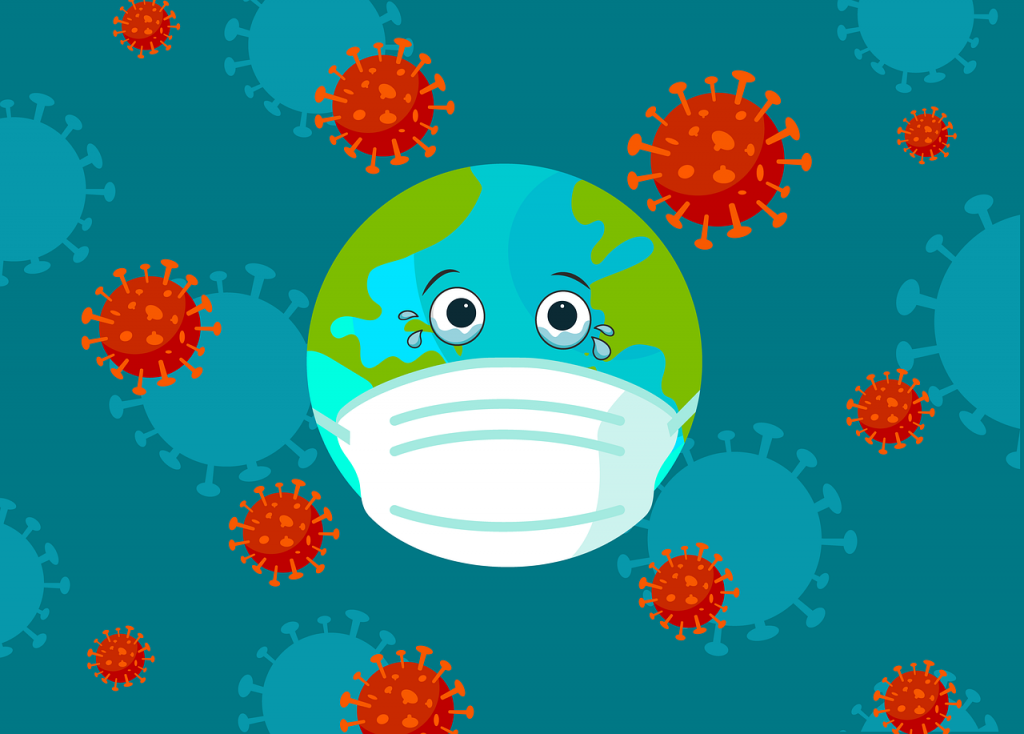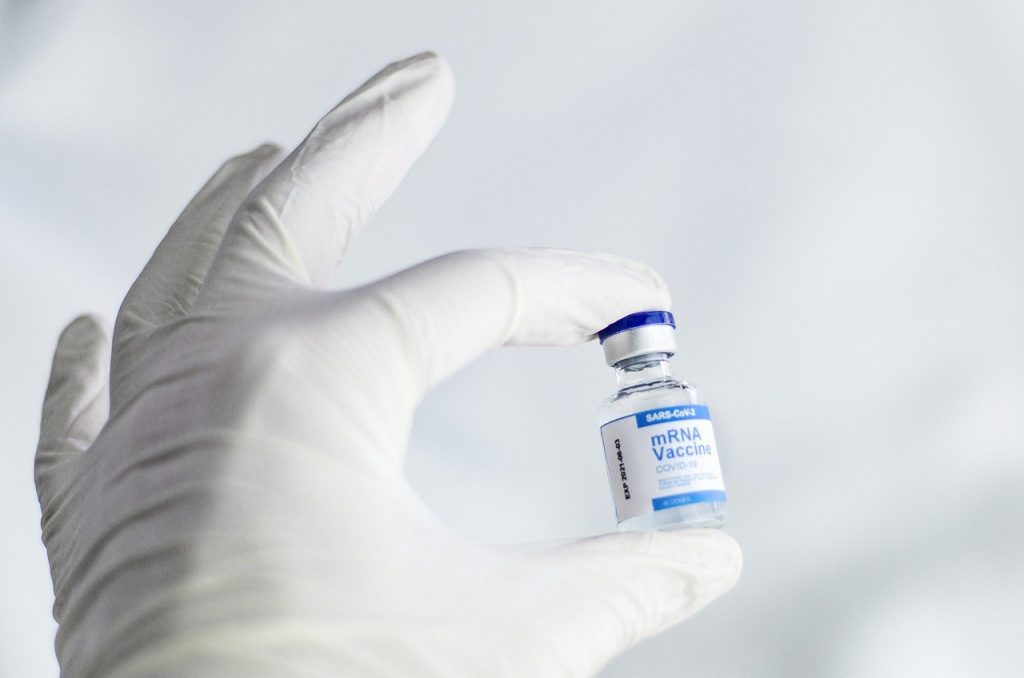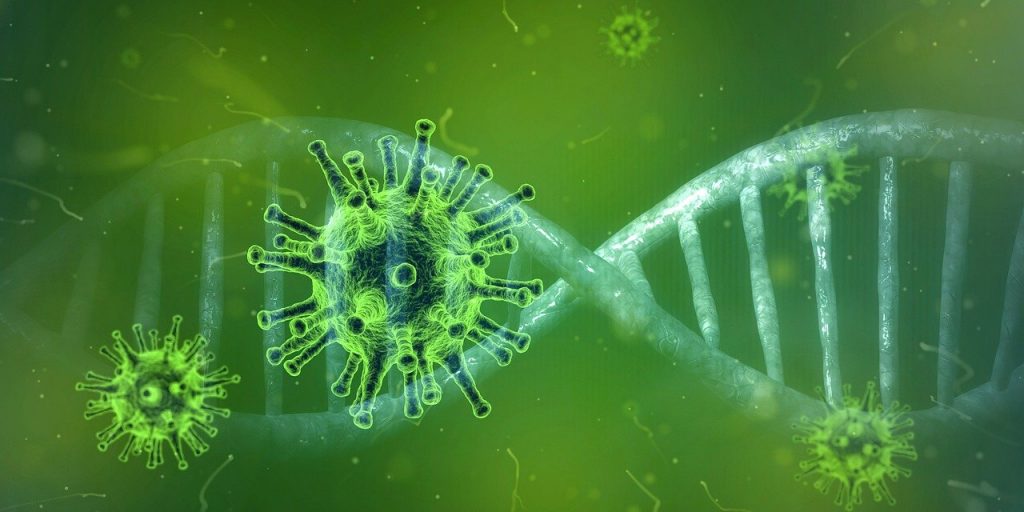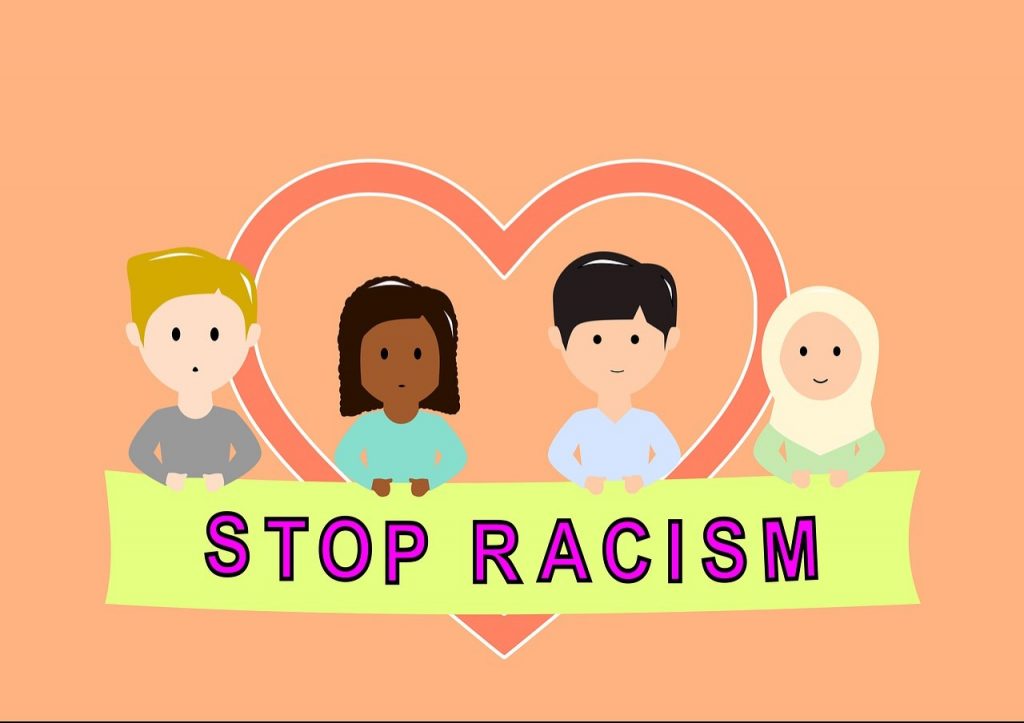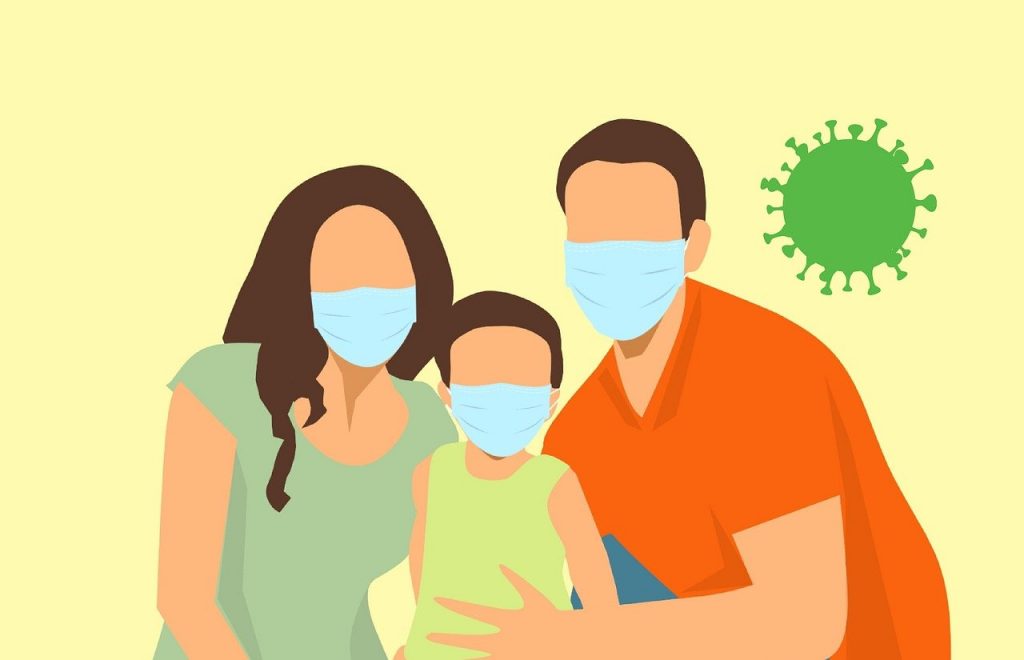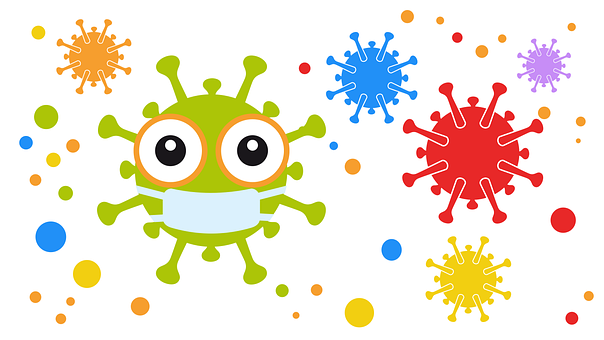Best Practices: Back to School Safety
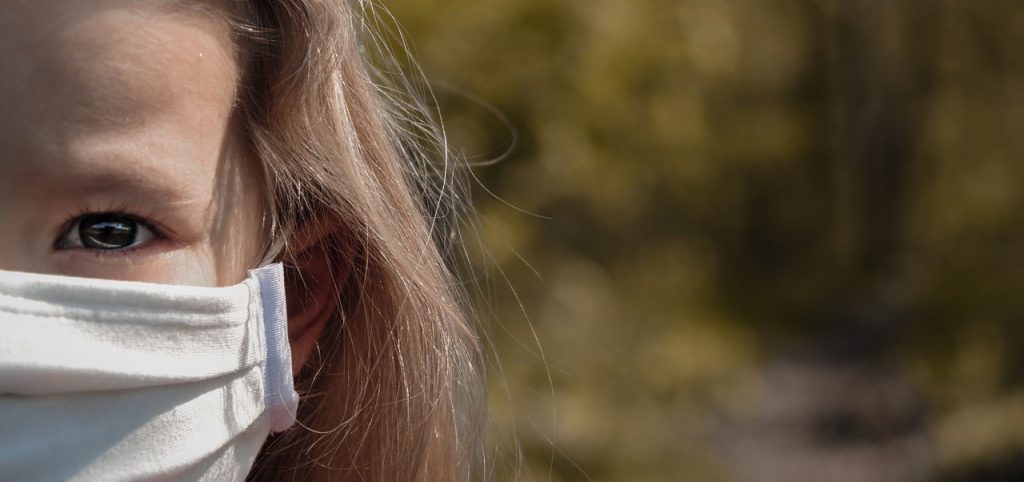
September is here — this time of year delivers a change of seasons and weather, as well as children going back to school.
With the COVID-19 pandemic still ever-present, health and safety recommendations across the United States continue to evolve.
The Centers for Disease Control (CDC) and the American Academy of Pediatrics (AAP) have compiled recommendations to help keep children healthy during the pandemic while returning school:
- Anyone who is 12 years and older should receive the COVID-19 vaccine.
- School staff and students alike, over the age of two-years-old, should be cognizantof wearing protective face masks while indoors. This recommendation applies topeople who aren’t vaccinated, and those who are.
- Schools are encouraged to practice “layered” measures, such as improving ventilation, persistent hand-washing, physically staying at least three feet apart from peopleas much as possible, and not coming to school when someone isn’t feeling well.
- When employees and students come across exposures while in school, COVID-19 policies should be in place and diligently enforced, including contact tracing and quarantining as soon as possible.
These recommendations were driven by a variety of factors:
- Before vaccines were available, a significant amount of scientific data concluded that whenever a school used layered measures, the transmission rates were quite low.
- Many schools are not prepared to keep tabs on the vaccine status for students and staff.
- There are staff and students (over the age of 12) who are not yet partially or fully vaccinated.
- At this point in time, students under the age of 12 are not yet eligible to receive the COVID-19 vaccine; layered approaches help protect this group of people, including those who are deemed immunocompromised.
The Evolution of Vaccine Recommendations
There was a time when the CDC claimed that fully vaccinated school staff and students did not need to wear a protective face mask. However, because the SARS-CoV-2 Delta variant has been causing ‘breakthrough’ infections, the agency changed their recommendations again.
Although prevailing data maintains that COVID-19 vaccines are still extremely effective at preventing serious illness, being admitted to the hospital, or even preventing death, people who are vaccinated and contract the virus, are still able to infect others. Therefore, it is highly recommended that these people continue to wear masks in public and social settings.
The National Institute of Allergy and Infectious Diseases’ Director, Dr. Anthony Fauci, recently shared that he anticipates the FDA and the CDC will establish a “strong benefit-risk ratio” for children with regards to approving them for COVID-19 vaccinations.
Fauci said during an interview on the cable network, CNN, “When that gets established, which I believe it certainly will, I believe that mandating vaccines for children to appear in school is a good idea.”
He continued, “We’ve done this for decades and decades, requiring polio, measles, mumps, rubella, hepatitis. So, this would not be something new — requiring vaccinations for children to come to school.”
Routine Healthcare Screenings
Delaying or outright avoiding routine healthcare screenings has been a common occurrence among adults throughout the 2020 pandemic and into 2021. This theme of avoiding the doctor’s office has also impacted children.
In the spring of 2021, it was reported by the Children’s Defense Fund that as many as 80% of children had missed their routine “well visit” appointments because of the coronavirus pandemic.
Pediatrician and professor, Dr. Carlos Lerner, said, “While visits have significantly increased since the spring shutdown, well-child visits are still lower than pre-pandemic levels.”
Understandably it can be confusing for caretakers to make these tough decisions during such unprecedented times, but missing preventative visits at the child’s pediatrician’s office could lead to negative health consequences in the future.
In our next blog post, we’ll discuss all things flu vaccine — debunking myths, addressing the optimal time for getting a flu vaccine, and share how it could even ward off severe symptoms of COVID-19.


